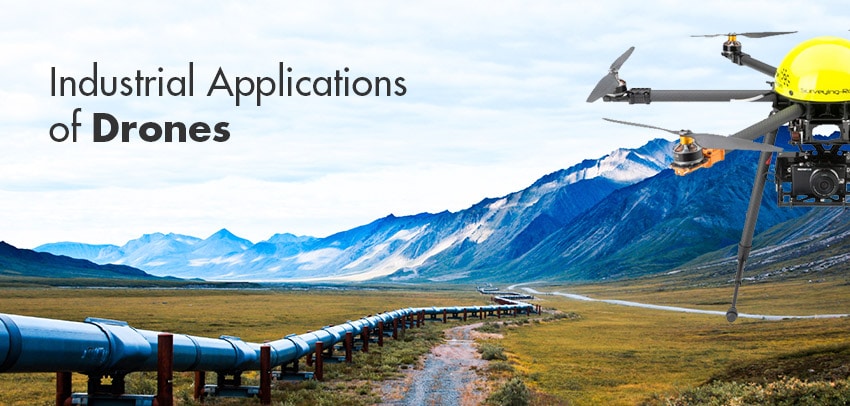- OUR APPROACH
-
COMMITTED TO YOUR SUCCESS
Our approach, developed over decades of experience, is fine-tuned to get the results you want.
We deliver concept-to-completion solutions, designed by temporary power specialists with access to the largest inventory of high-quality power generation and distribution equipment in North America.
-
- Equipment
-
RENTALS
From a wide range of diesel and natural gas generators to transformers, cable, light towers and more, our large rental fleet and extensive vendor network ensure we’ll have the temporary power equipment that your project requires — every time.

-
- Industries
-
INDUSTRIES WE SERVE
For nearly 20 years, we have been at work powering projects across Canada’s industrial sectors.
Select from this sampling of industries to learn how we can put our expertise to work for you.
VIEW ALL- Projects
- About
-
A PROUD HISTORY. A BRIGHT FUTURE.
From our inception in 1998, we have been building our team on a foundation of excellence. Our team members’ passion, expertise and commitment are what have allowed us to grow into a national company with projects across Canada.
Click on the links to learn more about our history, our team or our career opportunities.
- Blog
- Contact
-
If you appreciate Amazon suggesting purchases based on your buying habits, or the health app on your watch automatically analyzing your daily activity, you’re already looped into The Internet of Things (IoT).
Simply put, IoT is about the connectivity of objects to the Internet and how data from these objects is used to monitor, control or redesign business processes. The movement is quickly changing how the world functions, and it represents a huge business opportunity for Canadian electrical contractors.
Cisco Systems Inc. believes IoT represents a $19 trillion global market and that 50 billion devices will be connected to the Internet by 2020. In Canada alone, IoT spending is estimated to reach $6.5 billion by 2018, up from $2.8 billion in 2013 (according to IDC Canada research).
Connectivity is becoming crucial to the commercial and industrial sectors, and the analytical ability of even the most mundane product is mind-boggling. Bill Plageman, VP of marketing and product management for Amerlux, recently told Western Grocer Magazine that, “Today’s lighting offers so much more than just light. In the newest systems, each fixture on a managed site can report wireless data in real time, converting information into detailed energy, temperature, and occupancy insights 24/7.”
Businesses dedicated to IoT services are thriving, such as Awesense of Vancouver, which uses analytics to identify losses and overloaded lines on electrical distribution grids.
Another example is the Calgary firm Ambyint Inc., whose technology platform combines big data analytics, artificial intelligence and IoT is helping oil producers reduce operational and maintenance costs.
Ambyint founder and CEO Nav Dhunay told The Calgary Herald on August 22 of this year that his company has proven increases in production, efficiency and hardware longevity, and that as a result “We are proud to be backed by investors and champion clients, who are also early adopters of our technology.”
According to research from Accenture Digital, companies like mining giant Rio Tinto that invest in IoT are seeing productivity increase by 20 times at major field sites, and Alberta’s oil sands are widely viewed as a strong venue for IoT applications (already, up to 90 percent of Steam Assisted Gravity Drainage drilling wells are connected and provide engineers with real-time temperature and pressure readings).
Nigel Wallis, an IDC Canada Internet of Things analyst, told The Globe and Mail on May 29, 2015 that four segments in particular are expanding “feverishly”: makers and installers of physical sensors; connection providers (land line, wireless, telecoms, etc.); storage and security hardware and software (server farms, the cloud); and the data analysis software.
In the commercial realm, Marilyn Sanford, president of Pacifitech Media Systems (La Scala) in Vancouver, told Construction Business Magazine that structured wiring is a great opportunity for the electrical contractor to begin offering added value in the IoT realm.
For the record, structured wiring, also known as communications wiring, spreads out like the points of a star from a central distribution device, or CDD, which serves as a nerve center for intelligent buildings. The Copper Development Association notes that this career path combines traditional tradesman skills with knowledge of computer networking.
Sanford added that of all the control solutions, lighting control “is the most obvious for electrical contractors. Many systems integrate lighting control into their offering, making it easier to offer some or all of the solutions with guidance.”
Other specific areas of opportunity for electrical contractors include integration of subsystems (the process of linking together different computing systems and software applications to act as a coordinated whole), which Sanford pointed out is becoming easier as Internet Protocol and cloud-based solutions flood the market.
So, how can electrical contractors branch out into the world of IoT? The Copper Development Association notes there are many training tools and organizations with resources to help anyone master basic skills and technologies, two useful ones being the Building Industry Consulting Service International, and the Custom Electronic Design & Installation Association. Organizations such as these provide courses, testing and credentials.
Also, companies like Cisco are prepping a new army of electrical contractors to install, fix and maintain the millions of smart grid meters coming online as part of the IoT revolution. Cisco told the v3.co.uk website in July of 2014 that given the huge predicted growth in this market, training in Internet Protocol data transmission networking skills is vital to ensure that a skills shortage does not hamper its growth (Cisco is currently adapting its existing network curriculum training tools so they can be used by electricians).
The main challenge of IoT is that it’s still relatively new: according to IDC, 42 percent of potential clients have not invested in IoT technology because they have no way to calculate return on investment and solutions are too new to their industry. Security and privacy are also big issues.
However, Paul Howarth, senior manager, corporate development for Cisco, recently told McRock Capital that “the bottleneck isn’t really the technology; the fundamental components are all there. What the market needs is more industry innovators who can put the technology together in unique ways that will solve specific industry problems.”
Marilyn Sanford put it another way in writing for Construction Business Magazine: “If ever there was a time for the electrical contractor to jump in and grow their business, it is now.”
Related Articles
Subscribe for access to exclusive content


















